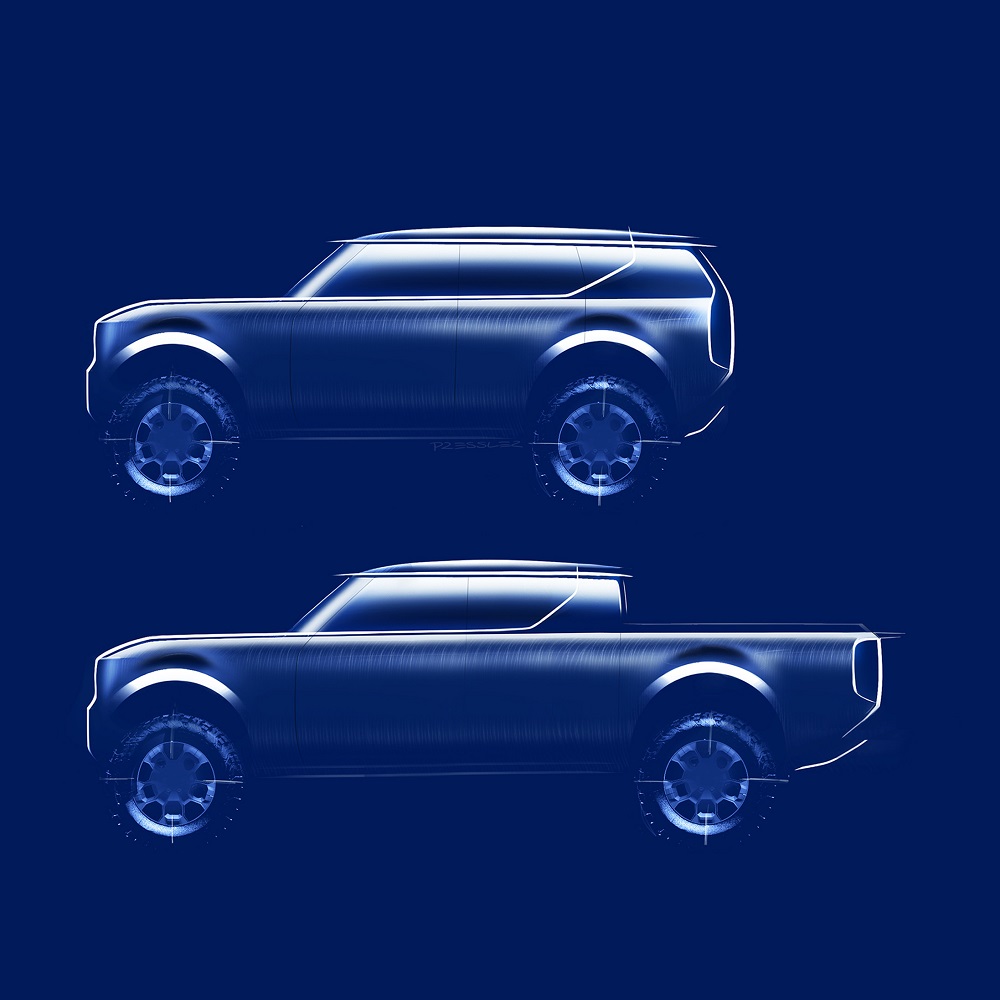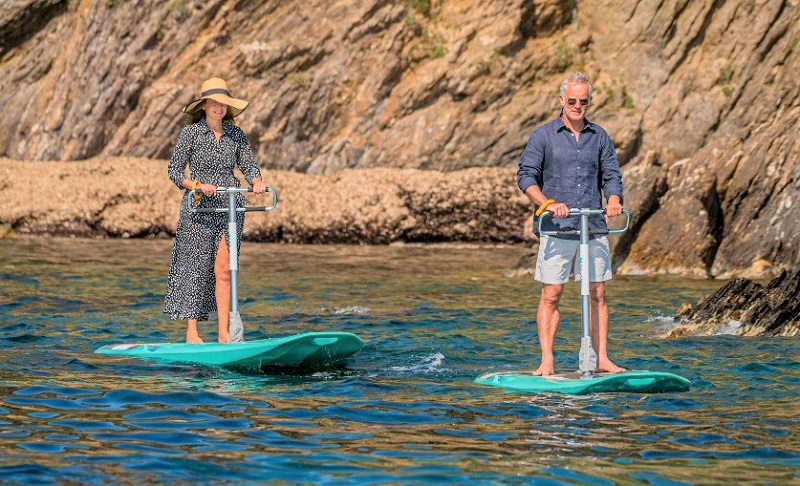NEW YORK, Feb 27 — Buying a car, like most things that require scads of money, should be fun. Unfortunately, car dealerships tend to be only slightly more mirthful than dental offices (and decorated similarly).
For those who aren’t keen on dingy waiting areas stacked with dated magazines, Porsche AG this week began allowing customers to pick up their vehicles at the company’s Los Angeles “Experience Centre,” a kind of asphalt-covered Disney World for car nuts.
Instead of a stale cup of coffee, there’s a fine lunch in Restaurant 917. Rather than an anodyne highway through the urban hinterlands where dealerships cluster, there’s a sinuous track. And in place of a salesman, there’s a professional driving instructor who will spend 90 minutes helping the proud owner put their toy through its paces.
“We’re super-charging customers’ emotions,” says Porsche’s North American chief executive officer Klaus Zellmer. “It’s this moment of truth when they are getting something they’ve worked for very hard for a very long time.” The company has offered a similar service at its Atlanta Experience Centre since 2016.
If the future of retail lies in creating a great experience, Porsche is on to something here. The only part of the process that requires a dealership is the initial financial transaction. Such delivery programmes, however, are nothing new. The swankiest automakers have long taken a cue from the Godfather movies: If you want to keep someone loyal to the family, invite them into the house.
Porsche has offered vehicle “delivery” at its German factories for decades, as have luxury rivals Audi, Maserati, and Volvo Cars, to name a few. McLaren Automotive buyers at the marquee’s UK factory are treated to a Champagne toast as a pair of sliding doors open to reveal their car.
James Crawford, a Chicago venture capitalist, had no idea he could pick up his BMW M3 at the company’s plant in Spartanburg, SC, before spotting the free option and checking the box. The company has a driving centre there with a track to test your new ride.
“It’s a bit of an open secret,” said Klaus Zellmer, Porsche North America CEO
“The track time was cool, but I mostly remember the presentation,” he recalls. “The car was parked kind of at an angle in this huge bay with polished floors and dramatic lighting.” When Crawford started it up, the navigation system was still programmed for Germany.
For automakers, it’s a logistical challenge, but the hope is that customers like Crawford become loyal ambassadors. “Since the brand is the most important asset of our business, it makes sense to invest in it,” Zellmer says.
The same logic persuaded Porsche’s US dealers to spend US$500 million to upgrade their facilities in recent years. Your local Porsche store, however, doesn’t have a skid-pad.
No brand has embraced the strategy more completely than Daimler AG’s Mercedes-Benz, which has let US customers pick up new whips in Germany since 1965. In the years since, about 100,000 Benz customers have taken Daimler up on the offer, at no extra charge save the travel. To Mercedes, however, the cost isn’t insignificant.
In addition to covering the trans-ocean shipment of the car, Daimler offers a discount of up to 7 per cent to those picking up at the factory and waives the roughly US$1,000 (RM3899) delivery fee customers would pay at a dealership.
The return on the programme for Mercedes compares favourably to that of a TV commercial or other big-ticket marketing expenses, according to Bart Herring, the company’s general manager of US sales. “If we can get them interested in European delivery, we think we have them forever,” Herring says. “There’s just something about being in Germany and having someone explain to you in a German accent how the car was made.”
In Europe, customers who pick up their vehicles are encouraged to drive them on a grand tour, ending at one of several ports where it will be shipped back to their hometown dealership. Although the cost and logistics are taken care of, including insurance for continental driving, the trans-Atlantic travel can take up to 10 weeks. That’s one of the reasons relatively few buyers opt for the factory pickup. Last year, it took Mercedes dealers in the US just three months to sell the same number of cars that have been picked up in Germany in the past half century. Audi AG, meanwhile, says fewer than 1,000 buyers a year choose the factory pickup, despite the fact that buyers are met at German airports by a chauffeur-driven A8 sedan and granted a free night in a nearby hotel.
Porsche expects about 2 per cent of US buyers this year to get their vehicles in Germany or at one of the US experience centres.
“We’ve never really advertised it,” Zellmer says. “So it’s a bit of an open secret.” — Bloomberg






















